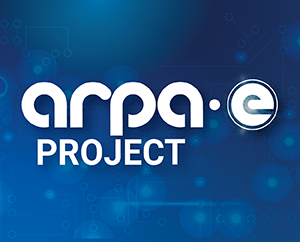Real-Time Transmission Optimization

Technology Description:
Pacific Northwest National Laboratory (PNNL) is developing innovative high-performance-computing techniques that can assess unused power transmission capacity in real-time in order to better manage congestion in the power grid. This type of assessment is traditionally performed off-line every season or every year using only conservative, worst-case scenarios. Finding computing techniques that rate transmission capacity in real-time could improve the utilization of the existing transmission infrastructure by up to 30% and facilitate increased integration of renewable generation into the grid—all without having to build costly new transmission lines.
Potential Impact:
If successful, PNNL’s real-time transmission-rating technology could save businesses and consumers billions of dollars per year by reducing power generation costs, reducing transmission losses, minimizing transmission congestion costs, and deferring investment in costly new infrastructure.
Security:
A more efficient and reliable grid would be more resilient to potential disruptions from failures, natural disasters, or attacks.
Environment:
Integrating more renewable power into the grid would result in a substantial decrease in carbon dioxide emissions in the U.S.—40% of which are produced by electricity generation.
Economy:
A more efficient and reliable grid would help protect U.S. businesses from costly power outages and blackouts that stop automated equipment, bring down factories, and crash computers.
Contact
ARPA-E Program Director:
Dr. Timothy Heidel
Project Contact:
Dr. Zhenyu (Henry) Huang
Press and General Inquiries Email:
ARPA-E-Comms@hq.doe.gov
Project Contact Email:
zhenyu.huang@pnnl.gov
Partners
Quanta Technology, LLC
Bonneville Power Administration
PowerWorld Corporation
Related Projects
Release Date:
03/02/2012
